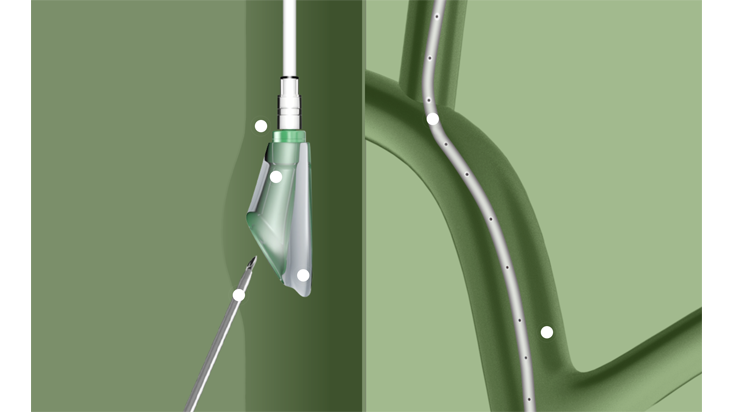KNOW YOUR OPTIONS
Deciding on the right vascular access device option for you goes far beyond the treatment itself—it may provide advantages to your lifestyle and comfort, as well as the long-term health of the veins in your hands and arms.
THE PORTREADY™ PROGRAM
The PortReady™ Program is a patient-information initiative focused on helping you, or a loved one, as you start apheresis therapy treatment. Apheresis therapy isn’t always easy, but we believe choosing the right vascular access device is an important first step. The PortReady™ Program is a resource that provides you with information regarding port placement, access, and care. The right information can help you to be PortReady™.
THE APHERESIS THERAPY PROCESS
Apheresis is a medical procedure that involves removing blood from a patient or donor and separating the blood into individual components. Once separated, the blood component that contains disease-provoking elements is removed. The remaining blood components are then re-introduced back into the bloodstream. Talk to your healthcare team for further information about what’s best for you.











